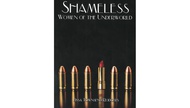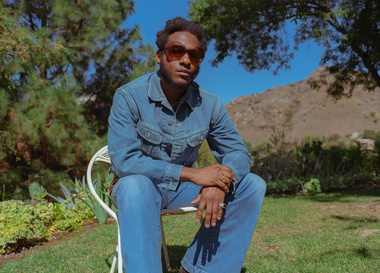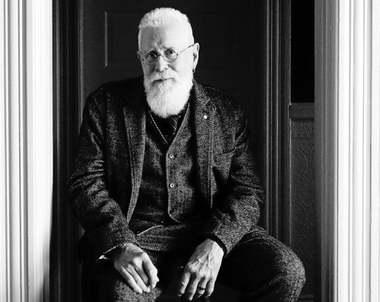When we talk about Las Vegas history, we tend to talk big. We invoke memories of the Sands, the Stardust and other landmarks, and the epic demolitions that felled them. But historians Dennis McBride and Lynn M. Zook would like you to remember another Las Vegas: the one where people lived, worked and raised families.
“These are places that were part of our lives when we were younger, like the restaurants we ate in, the drive-ins, the movie theaters, the department stores. … They played a big part in our ordinary lives,” McBride says. In “Places That Aren’t There Anymore”—part of Clark County Library’s Las Vegas Stories series—McBride and Zook will show photos of these forgotten spots as they were in their heyday, relate some of their history and allow the audience to fill in the gaps with their own stories.
“It’s not going to be terribly formal,” McBride says, chuckling. But judging from a partial list of the places he intends to discuss—the Charleston Plaza Mall, Alpine Village Inn, the Blue Onion, the Cinerama, Aku Aku, the Apache Hotel (“still hidden under the façade of Binions,” McBride says) and the original Sears & Roebuck and JC Penney department stores, now Backstage Bar & Billiards and the Emergency Arts complex respectively—“Places That Aren’t There Anymore” promises to be a first-class nostalgic journey.
It’s an enthusiastic trip backward for McBride, who has vivid memories of riding the wood-encased escalator at that Penney’s and seeing a number of life-changing movies at that domed Cinerama, including 2001: A Space Odyssey and My Fair Lady. (Many of McBride’s favorite lost places are cinemas: the Red Rock Theater complex, the El Portal on Fremont Street and, naturally, the Huntridge Theater—“still standing there, bereft of love,” he says). Hearing him describe My Fair Lady at the Cinerama, it’s almost impossible not to swoon: The overture music, the “enormous, monstrous screen filled with flowers,” the plush seats that rocked back and forth. “That was a transporting experience for a 9-year-old boy,” McBride says.
Happily, some of the places in the presentation have found modern-day reprieve—once unthinkable, during the implosion-crazy 1990s. “A lot of the buildings on Fremont Street that are now part of the nightclub district—they’re all very old. They’ve been adapted into some new, moneymaking use,” McBride says. “So the building has been changed, but it hasn’t been destroyed. But it hasn’t been perfectly preserved, either.”
Perhaps friendly explorations like McBride and Zook’s will convince more people to hold on to Vegas’ vanishing past. For his part, McBride is hopeful: “I think people have gotten a better idea of what we’ve lost and can never recover.”
LAS VEGAS STORIES: PLACES THAT AREN’T THERE ANYMORE June 7, 7 p.m.; free. Clark County Library, 702-507-3400.








